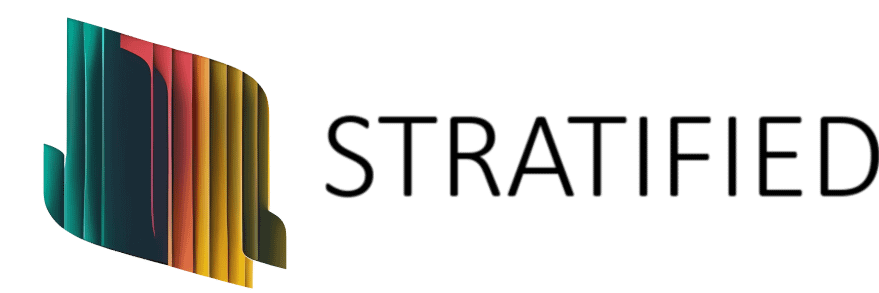At Arizona State University’s (ASU) Media and Immersive eXperience (MIX) Center, artist Kevin Peter He is using technology to reimagine nature. His immersive installation, Passage, uses synthetic trees, 3D printing, and projection to create a sensory experience that explores what nature might look like in the digital age.
The work was created as part of the MIX Center’s inaugural Visiting Artist Residency, a six-week program that supports experimental projects with studio access, technical mentorship, a modest stipend, and a final public exhibition. For He, that meant tapping into nearly every resource the center offers: 3D printing in the Fab Lab, metalworking facilities, real-time simulation tools, and more.
Using resin, bent metal, motion sensors, and projections, Passage builds what He calls a “cybernetic forest,” a speculative landscape where artificial materials and digital tools take on the shape and spirit of nature. Raised in Shanghai and based in Brooklyn, He uses his cross-cultural perspective and digital artistry to ask: What would nature become if born from a computer?
From Screen to Sculpture
Passage started as a performance piece, part cinema, part concert, part meditation. But at ASU, it’s grown into something far more tactile. Thanks to the university’s fabrication resources, especially the Fab Lab’s 3D printing tools, He and his collaborators have translated their digital vision into something real, tangible.
“We’re building sculptures in the Fab Lab, we’re 3D printing, we’re experimenting with Kinect interactivity, we’re also putting the real-time simulation up on big screens,” He said. “We’re really spoiled here in terms of the resources.”

The installation version of Passage. Image courtesy of Kevin Peter He.
Using 3D printing, the team created tree-like sculptures with resin components designed to mimic natural growth patterns. Metal pipes were bent and hammered to look like branches. The result is an eerie grove of synthetic trees through which visitors can walk, surrounded by projections and soundscapes that react to their presence. It’s a version of nature made with code, instead of roots.
Choose Your Own Forest
One of the most interesting parts of Passage is how it makes you move. From far away, the four screens show a wide digital landscape. But as you get closer, the experience changes. The layout of the screens and sculptures invites viewers to choose their view, to turn, lean in, and explore the space in their own way.
“There’s kind of a ‘choose your own adventure’ quality to it,” He said.
The setup encourages people to be active, not just watch. Like 3D printing, where each object is built step by step, viewers build their own experience of Passage as they move through it. That way, they are not standing still.

The installation version of Passage. Image courtesy of Kevin Peter He.
Passage is an artwork, but it also shows how 3D printing is becoming part of a bigger cultural shift.
At the MIX Center, artists and engineers work side by side. XR researchers talk with sculptors. And 3D printing isn’t just for making prototypes or aerospace parts anymore, it’s being used in live shows, imagined environments, and new ways of thinking about nature.
“Technology is kind of an agnostic tool,” He said. “Oftentimes when you’re learning about these technologies, you can box into ‘this is how it’s meant to be used,’ but presenting all these different elements together can show people that technology can be used in different ways.”

The installation version of Passage. Image courtesy of Kevin Peter He.
The residency program represents the MIX Center’s commitment to bridging professional artistic practice with educational opportunity. Through workshops and community engagement, He’s residency establishes a model for how visiting artists can contribute to the academic environment while advancing their own work.
“It’s really fascinating to see how the technology he uses aids him in what he’s doing,” said Liliana Lopez, an experience design graduate student in The Design School who attended the student workshop with He. “I feel really lucky to be able to interact with him and his art on such a one-on-one level. It feels so personal, and I’m absorbing so much more than I would in, say, a Zoom call or a lecture with 120 people, so I’m really grateful.”
Passage could be considered a detour from more traditional 3D printing applications, like medical, dental, or industrial. It reminds us that additive manufacturing can also be a powerful tool for creative artists.
The installation will be on display at the MIX Center September 6–12, 2025.

